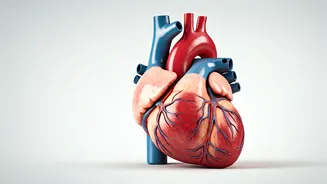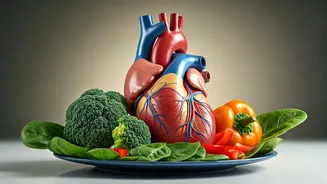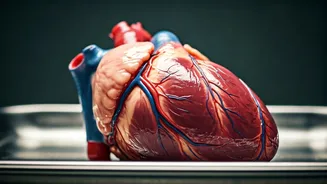Samosa's Unseen Threat
The cardiologist's caution centers on the potential health consequences stemming from the regular intake of the common samosa, a snack that is widely enjoyed
throughout India. This warning highlights the significance of recognizing the indirect costs associated with frequently consuming affordable foods. The concerns involve the relationship between poor dietary habits and the development of cardiovascular ailments, emphasizing the importance of informed eating choices. People are encouraged to critically analyze the nutritional value of their daily meals and consider their long-term effects on health.
₹20 Samosa's Hidden Cost
The affordability of a samosa, often priced around ₹20, can mask its potential impact on health. This low cost may lead to frequent consumption without a full understanding of the nutritional downsides. The article emphasizes that this seemingly small expense can translate into considerable health expenses over time. This includes the potential for future medical treatments and the reduced quality of life that can accompany heart problems. Therefore, the narrative shifts the focus from price to the actual cost that consumers could have to pay later.
Heart Disease Risks Rise
The core of the cardiologist's warning revolves around the increased probability of heart disease when consuming samosas often. The ingredients used in samosas, such as fried dough and high-fat fillings, are known contributors to cholesterol buildup and blocked arteries. Over time, these conditions strain the heart, increasing the risk of strokes, heart attacks, and other cardiovascular problems. The article stresses the need to be proactive about cardiovascular well-being, suggesting a shift toward heart-healthy eating habits and lifestyle changes to lower these risks.
Eating Habits to Consider
The article suggests that people should reconsider their current eating habits when considering the health implications of frequent samosa consumption. Prioritizing nutritious foods such as fruits, vegetables, and lean proteins is one suggested change. Limiting saturated and trans fats, which are common in fried foods, is also an important suggestion. It encourages people to cook meals at home, where they can control ingredients and cooking methods. Being informed on nutrition labels and making conscious choices when dining out is the key to minimizing the negative health effects.












